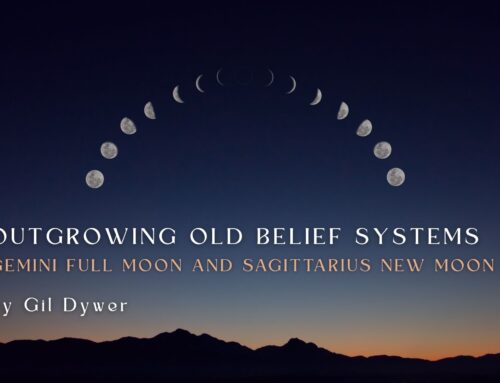Confession of a ‘yogi’, please take a seat…
I am a huge lover and advocate of meditation. In fact, I would say that my yoga practice actually began as a meditation practice, long before I knew what trikonasana was, before I could even touch my toes, or focus my drishti on my navel. It is an altogether different type of ‘navel-gazing’ that actually lies at the heart of yoga…
As much as I love my ‘yoga’ practice (think stretching, breathing, contorting, maybe even sweating), the core of it for me is still meditation. My ritual now, before rolling out my mat, is to take out my meditation cushion – even if that means on a busy day that the mat never comes out. Bad yogi? Not if you consider that asana practice is a preparatory stage and a tool, albeit an incredibly useful and beneficial one, for the deeper practices of meditation.
Asana practice prepares the body to be able to sit comfortably in meditation for long periods of time. It also strengthens the nervous system to hold the energy and charge that can be generated through intense meditation and other yogic practices. Now I love my asana practice deeply, and I cannot extol the manifold benefits that can be gained through asana – especially when practiced with loving mindful awareness and an intention for insight. It can definitely be considered a ‘moving meditation’, but it is not a substitute for ‘seated meditation’.

Inspired…? I hope so!
Here is a simple practice to get you started…
An Easy 5-minute Meditation Practice – Mindful Awareness of the Breath
Asana – Take your Seat
Find a comfortable seated position, cross-legged or in a chair. Allow your weight to settle comfortably into your sit bones, and then lengthen and float your spine, feeling the crown of your head open towards the sky. Your ‘seat’ should feel both grounded and effortless. Now you are ready.
Make a loving resolve that you will practice with determination and kindness for 5 minutes. Resist the urge to move, fidget, or open your eyes until the time is done. It’s only 5 minutes…. set an alarm if you wish.
(There are plenty of free apps now that you can use to time your meditation, and emerge with the gentle sound of a chime or bell, rather than your regular heart-pounding alarm – search for I-Qi Timer or similar).
Dharana – ‘Concentration’ – Focus your awareness on your breath*
Bring your awareness to your natural breath, as it passes in and out through the nostrils. You might notice that the breath moves more easily through one nostril than the other. You might notice that the breath is either shallow or deep, fast or slow. However you find the breath, just accept and observe. You are not trying to change the breath in any way. Notice the inhale, notice the exhale, aware of the entire cycle of breath from beginning, middle, to end.
If you have trouble feeling the breath here, at the nostrils, intentionally take just a few slightly deeper breaths, and then return to your natural breath. We use this small area to help refine your focus and concentration.
When you find your mind of wandering (and it surely will), with absolute patience and kindness, simply bring your awareness back to your breath. Without judgment, without frustration, just simple acceptance: this is normal for the mind to wander, just patiently start over again and feel satisfied that you are doing your ‘practice’.
Dedicate your practice
When you have completed your practice, notice how you feel. (You may or may not feel any different, again, simple observation is the key.)
Take a moment to acknowledge that you have done your practice, and offer gratitude to yourself for taking the time to care for yourself and practice conscious awareness. To finish, dedicate your practice to the wellbeing and happiness of all beings (don’t forget, you are one of these beings!).
You might like to use this short, ancient, powerful Sanskrit mantra:
‘Lokah samasta sukhino bhavantu’ – May all beings everywhere be happy and free, and may the thoughts, words, and actions of my own life contribute in some way to that happiness and to that freedom for all.
Repeat!
I recommend starting your day with these 5 minutes of simple but powerful practice. You will set the tone for your day and no doubt you will soon notice the change it can bring just starting your day consciously and with love. Add this into your morning wake-up routine, and repeat throughout the day whenever you like, as much as possible!
Questions?
If you are confused, need a little more guidance, or simply have a question about the practice of meditation – please ask! Post a comment or send me an email, and I’ll do my best to share what I can to help you establish your own meditation practice.
In love and service,
Mei Lai
Hatha Yoga are taught regularly at Kundalini House.










Leave A Comment